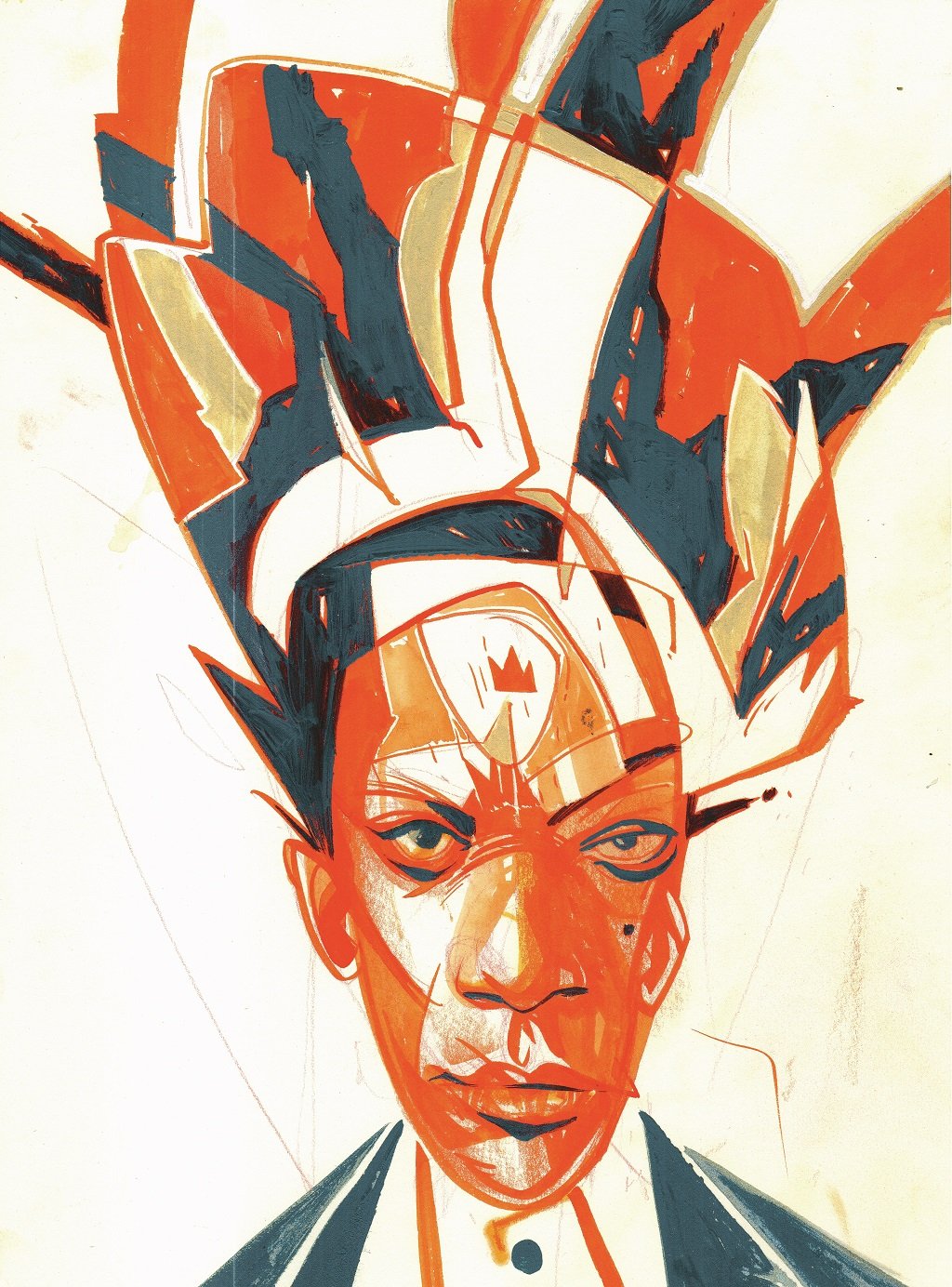Last month, the DC-based World Affairs Councils of America spoke to Libyan political official Mohammed Ali Abdallah about the country's struggle with coronavirus amid a brutal civil war. Residents of Tripoli, Libya’s capital, are living in the middle of a civil war...





